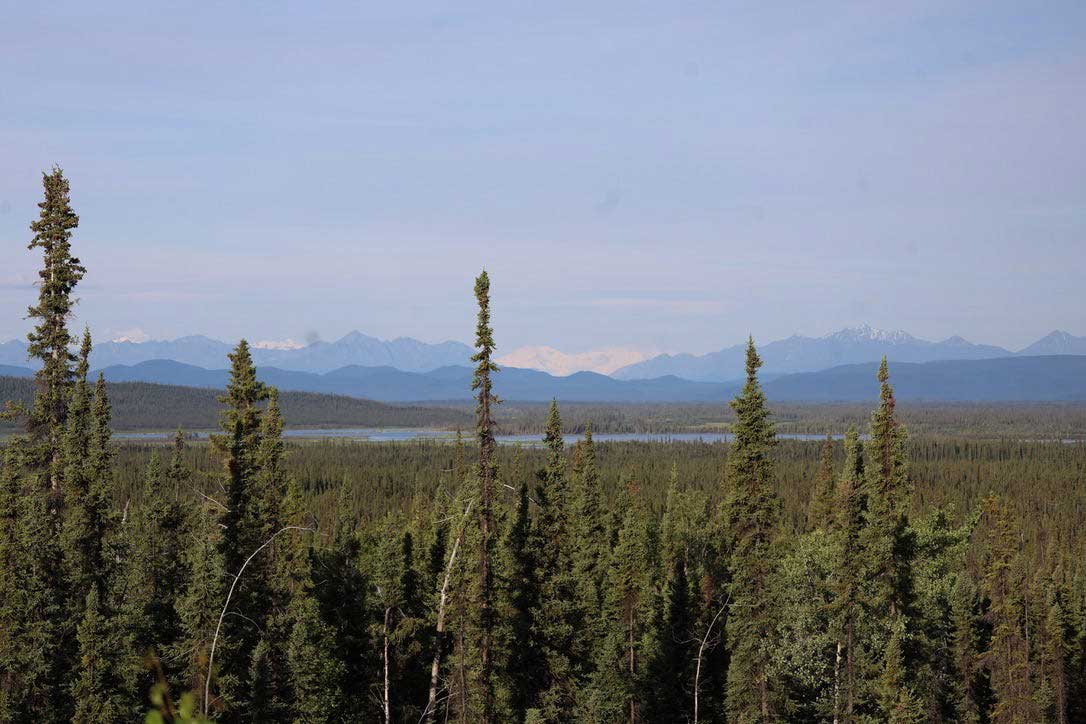Orphaned baby walrus has "second chance at life" after rescue
Rescuers rushed into action Tuesday after a walrus — estimated to be only a couple of weeks old or less — was spotted alone on an Alaskan beach.
Walruses are very reliant on their mothers for the first two years of their lives, so the newborn likely wouldn't have survived for long after being left alone, according to the Alaska SeaLife Center. She was malnourished and dehydrated when a team arrived on Tuesday.
"She now has a second chance at life in human care, and she'll help bring awareness to her species while receiving incredible care," wildlife response animal care specialist Halley Werner said in a news release.
The 165-pound calf was found on a beach in Utqiagvik, a city in northern Alaska. A herd had recently left the area, which led rescuers to believe the calf had been left on its own.
Rescuers gave the calf emergency fluids and stabilizing treatments. The Alaska SeaLife Center has at least two people working in shifts, either staying with the calf, preparing food, cleaning or caring for other animals.
"There will be lots of weird sleeping hours ahead, but that's OK. We do it for the animals," veterinary technician Jessica Davis said. "We want to give back and set them up for success. This is all part of the job we love."
Rescues of walruses are rare. The Alaska SeaLife Center's Wildlife Response Department has helped just 11 since the organization started in 1998. The care regimen is intense; walrus calves are highly social and seek comfort from their mothers. Staffers from the rescue team are acting as surrogates, providing physical contact for the newborn.
The rescued walrus will become used to human care and will not be a candidate for release back into the wild, according to the center.
Last year, a rescued baby walrus who had been receiving "round-the-clock" cuddles as part of his treatment died. The calf had been dealing with hypoglycemia and gastrointestinal problems.
Pacific walruses live in the Bering and Chukchi seas, according to the Alaska Department of Fish and Game. Both male and females grow ivory tusks. They also have hundreds of short, strong and highly sensitive whiskers, which are used to search for food. Adult females can weigh more than a ton, while adult males can weigh up to two tons.
Polar bears and killer whales are the species' only natural predators, according to the Marine Mammal Commission. The species is also threatened by a reduction in sea ice. They use the ice as a resting platform between foraging trips.
"With less sea ice, walruses will likely spend more time on shore haulouts along the Russian and Alaskan coasts where foraging trips may be more limited to foraging grounds nearby," according to the Alaska Department of Fish and Game. "Calves and yearlings suffer increased mortality on terrestrial haulouts when disturbances cause the herd to panic and rush to the water, running over and crushing the smaller animals."







